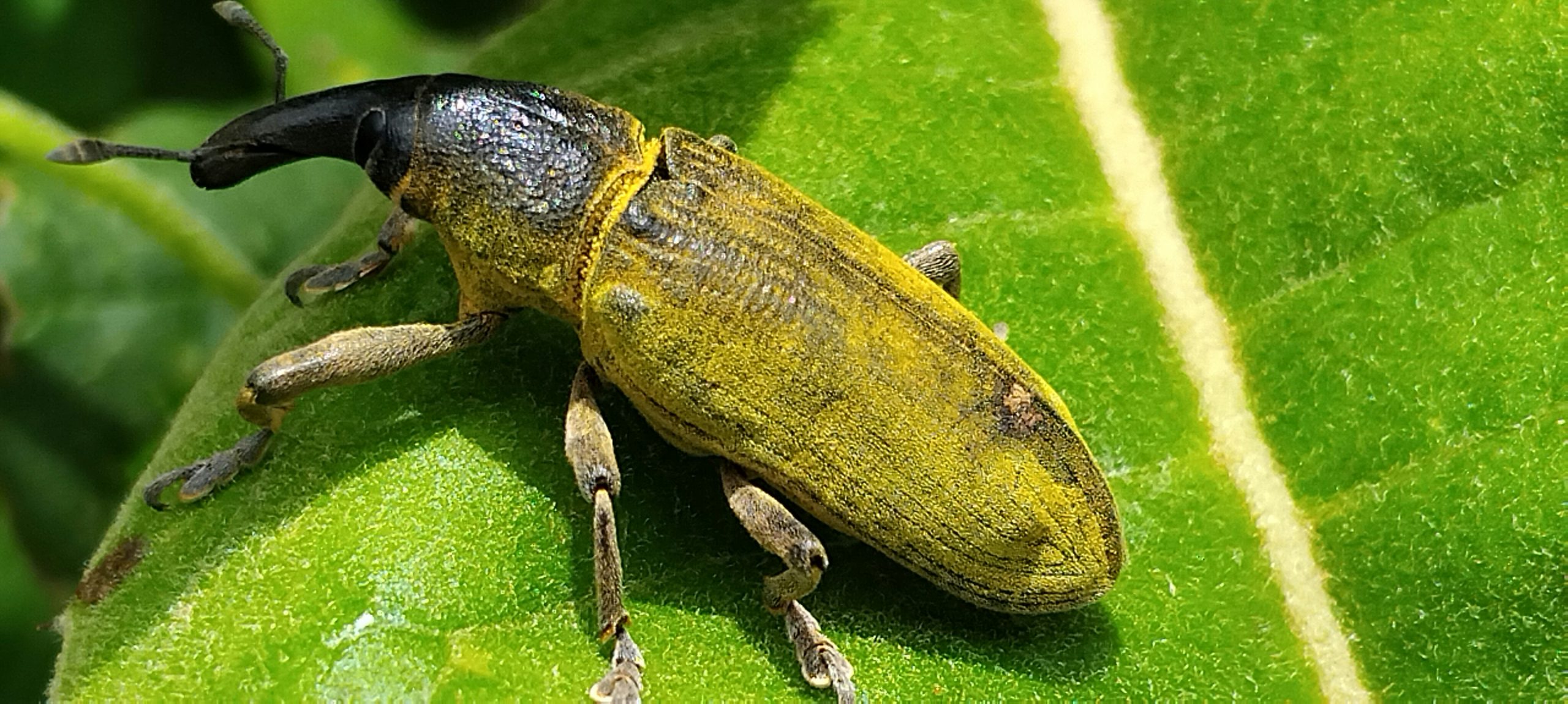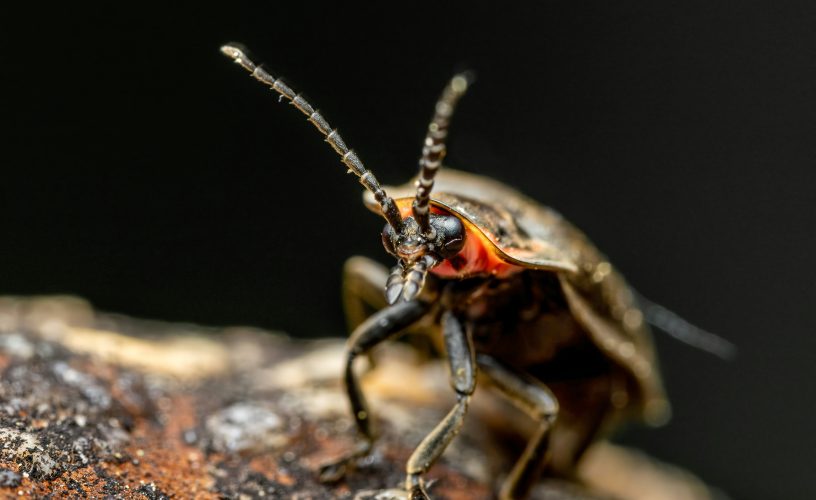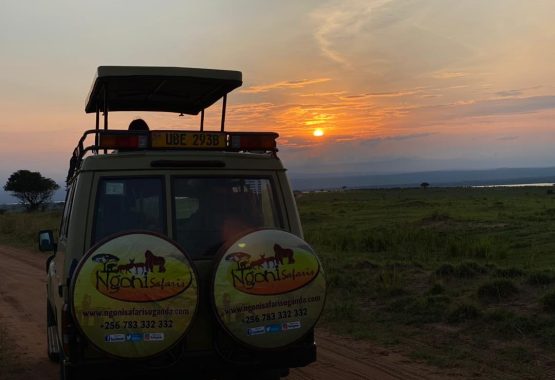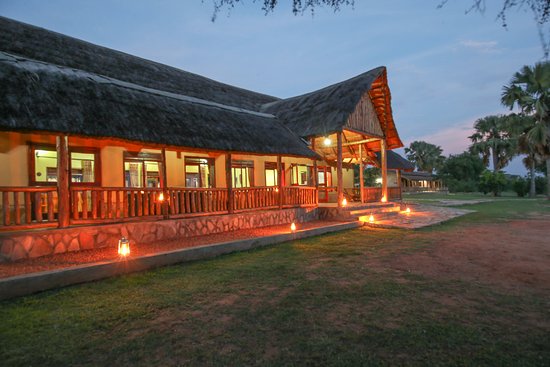Introduction to the Goliath Beetle
Deep in the lush landscapes of Uganda, a remarkable creature roams—the Goliath Beetle. Known as one of the largest beetles on the planet, this awe-inspiring insect captivates both scientists and nature enthusiasts alike. Its sheer size and striking appearance make it a must-see during any African safari adventure. As you explore Uganda’s breathtaking wildlife, don’t miss the chance to learn about this giant of the insect world. The Goliath Beetle is more than just a pretty face; its life cycle and role in ecosystems highlight its importance within Uganda’s rich biodiversity. Join us as we delve into everything there is to know about these fascinating beetles that call Uganda home!
Physical Characteristics and Habitat of the Goliath Beetle
The Goliath beetle stands out as one of the largest insects in the world. Weighing up to 3.5 ounces and measuring around 4 to 6 inches long, its impressive size is truly a sight to behold.
Their exoskeletons boast a striking combination of black, white, and green hues that glisten under sunlight. These colors not only enchant observers but also serve vital functions for camouflage and communication.
Goliath beetles thrive in tropical forests where they can find abundant food sources like fruit and tree sap. They prefer moist environments filled with decaying plant matter, which provides both sustenance and shelter.
During their larval stage, these fascinating creatures dwell underground. Here they consume organic material until they’re ready to emerge as magnificent adults into the vibrant Ugandan landscape.

Life Cycle and Behavior of the Goliath Beetle
The life cycle of the Goliath beetle is a fascinating journey, starting as a small egg. These eggs are typically laid in warm, moist soil, ideal for protection and nourishment.
Once hatched, larvae emerge and begin their growth phase. They feast on decaying plant matter and organic material. This stage can last several months as they grow rapidly.
As mature larvae prepare to transform, they pupate within a protective casing. After about three weeks, an adult emerges with striking colors that define this insect’s beauty.
Goliath beetles are primarily nocturnal creatures. At night, they become active foraging for food and mating opportunities while avoiding predators during daylight hours. Their behavior showcases impressive strength when moving or defending territory.
Their unique habits make them both captivating to observe and vital in maintaining ecological balance in their habitats.
Importance of the Goliath Beetle in Ecosystems
The Goliath beetle plays a crucial role in its ecosystem. As herbivores, they contribute to the balance of plant life by feeding on leaves and fruits. Their feeding habits help in seed dispersal, promoting plant growth across various habitats.
Additionally, these beetles serve as a food source for numerous predators. Birds and small mammals rely on them during their life cycles. This creates a ripple effect that maintains biodiversity within their environment.
Goliath beetles also engage in decomposition processes. By breaking down organic matter, they enrich the soil with nutrients vital for other organisms’ survival. Such interactions highlight their importance beyond mere aesthetics; they are integral components of ecological stability.
Their presence indicates healthy ecosystems, making them essential indicators of environmental change or degradation. Protecting this species means safeguarding broader ecological networks that depend on balanced interrelations among all living beings.
Threats to the Goliath Beetle Population
The Goliath Beetle faces several significant threats that endanger its population. Habitat loss is a primary concern, as deforestation for agriculture and urban development disrupts their natural environments.
As forests shrink, these remarkable beetles lose the food sources they rely on, such as decaying plant matter and tree sap. This decline in habitat directly impacts their survival rates.
Additionally, climate change poses challenges by altering weather patterns and temperatures. These fluctuations can affect breeding cycles and availability of resources crucial for growth.
Moreover, collection for pet trade has surged in recent years. Many collectors prize the Goliath Beetle for its size and beauty without understanding the implications of removing them from their ecosystems.
These combined pressures highlight an urgent need to protect this iconic species before it faces irreversible decline.
Conservation Efforts and Success Stories
Conservation efforts for the Goliath beetle have gained momentum as awareness of their ecological importance has grown. Local communities in Uganda are actively engaged in preserving these remarkable insects, recognizing their role in biodiversity.
Organizations are working tirelessly to create protected habitats where Goliath beetles can thrive. Educational programs highlight sustainable practices that balance human needs with wildlife conservation.
Success stories abound. In regions where community-led conservation initiatives have been implemented, populations of Goliath beetles are rebounding. This positive change reflects a collective effort towards environmental stewardship.
Ecotourism plays a pivotal role too. Tourists visiting Uganda’s national parks often contribute to funding conservation projects while enjoying the unique experience of observing these magnificent creatures in their natural habitat.
Such endeavors showcase how collaboration between local communities and conservation groups can lead to a brighter future for the Goliath beetle and other vital species sharing its ecosystem.
How to Experience the Goliath Beetle in Uganda
To experience the Goliath Beetle in Uganda, start your adventure in rainforests where they thrive. Places like Bwindi Impenetrable National Park are not only famous for gorillas but also home to these fascinating insects.
Join a guided night walk. Many local guides know the best spots to find them when they’re most active. Their vibrant colors and impressive size will leave you amazed.
Another option is visiting local butterfly farms or insect exhibitions. These places often showcase various beetles, including Goliaths, offering educational insights into their life cycles and behaviors.
Don’t forget your camera! Capture photos of this incredible beetle as it crawls on leaves or rests under foliage. Share your findings with fellow travelers and nature enthusiasts.
For an immersive experience, consider participating in conservation projects focused on preserving Uganda’s unique biodiversity, which includes the magnificent Goliath Beetle.
Conclusion
Uganda is a treasure trove of biodiversity, and the Goliath beetle stands out as one of its most fascinating residents. Known for their impressive size and stunning colors, these beetles offer an unforgettable glimpse into the complexities of nature. As they thrive in Uganda’s lush forests, they play crucial roles in their ecosystems.
For those seeking adventure, tracking down these remarkable creatures can add an exciting element to your uganda safaris or even your journey to see the famous uganda gorillas. With ongoing conservation efforts and growing awareness about their importance, there’s hope for this giant insect’s future.
Exploring Uganda provides opportunities not only to witness wildlife but also to appreciate how interconnected life truly is. The Goliath beetle serves as a reminder that every species plays a part in maintaining balance within our environment. Engaging with local conservation initiatives allows travelers to contribute positively while enjoying all that Africa has to offer on African safaris.
So whether you’re gazing at gorillas or marveling at these magnificent beetles, each moment spent in Uganda deepens our understanding of the natural world around us.





